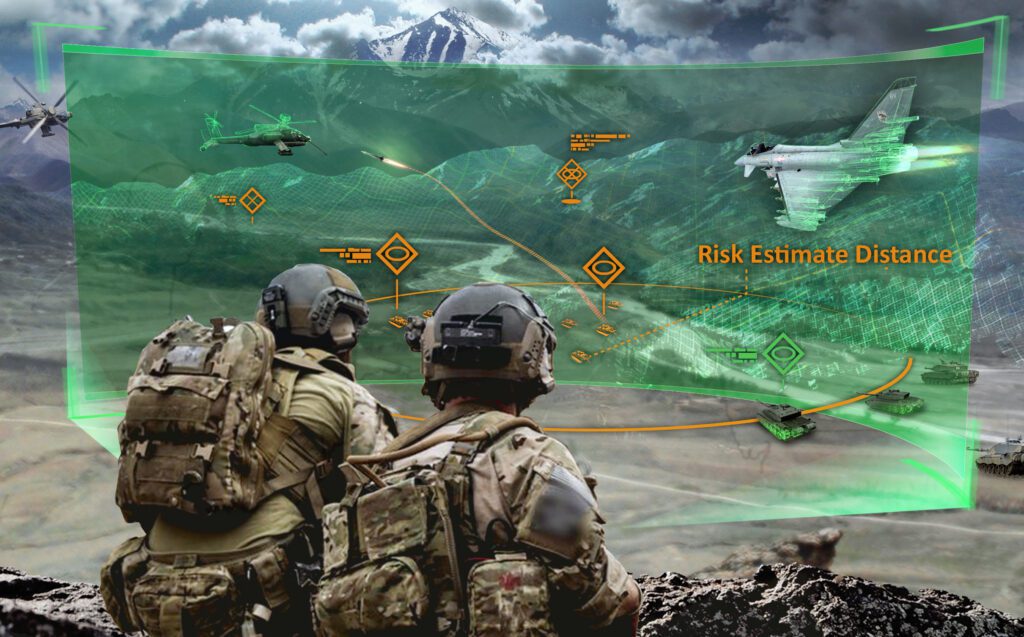This article explores the use of virtual reality (VR) and computer simulations in military training and strategizing. It discusses the evolution of military simulation from tabletop maps to highly detailed virtual environments. The benefits of military simulation include safe training environments, team coordination exercises, and preparation for unexpected events. The technology behind military simulation, such as VR headsets and complex algorithms, is crucial in creating immersive experiences. Military simulation has various applications, including training for different scenarios and the development and testing of military equipment. The future of military simulation holds even more realistic experiences and advanced AI behavior, enhancing the effectiveness of training for soldiers.
Inside the Virtual Battlefield: Immersive Experiences in Military Simulation and Wargaming
Introduction
In the world of military training and strategizing, the use of virtual reality (VR) and computer simulations has become increasingly prevalent. These immersive experiences not only provide soldiers with realistic environments and scenarios, but they also offer a safe space for experimentation and training. This article will explore the various aspects of military simulation and wargaming, highlighting their benefits and the technology that makes it all possible.
The Evolution of Military Simulation
Over the years, military simulation has undergone a significant transformation. What once involved tabletop maps and miniature figures has now evolved into highly detailed virtual environments. Traditional wargaming exercises are now replicated using computer software that creates immersive experiences through high-resolution graphics, realistic physics engines, and advanced AI algorithms. This evolution has revolutionized the way military training is conducted.
Benefits of Military Simulation
The use of military simulation and wargaming offers several advantages to military personnel. Firstly, it allows soldiers to practice in a safe environment without the risk of injury or death. Realistic scenarios can be replicated, enabling soldiers to learn and hone their skills without endangering themselves or others.
Additionally, these simulations provide an opportunity for team coordination and communication exercises. Soldiers can participate in joint operations, coordinating their moves and strategies with other virtual teammates. This fosters collaboration and enhances the effectiveness of military units in real-life situations.
Another benefit is that simulations help in preparing soldiers for unexpected events or scenarios. In traditional training, it is challenging to replicate rare or highly complex situations. However, virtual simulations can create any scenario imaginable, preparing soldiers for a wide range of potential challenges and threats.
The Technology Behind Military Simulation
The success of military simulation relies heavily on technology. Specifically, virtual reality (VR) and computer software play a crucial role in creating immersive experiences for military personnel. VR headsets provide soldiers with a three-dimensional visual and auditory experience, making them feel like they are truly inside a combat zone. Additionally, haptic feedback devices can recreate physical sensations such as recoil or impact, further enhancing the realism of the simulation.
The computer software used in military simulations employs complex algorithms to replicate real-world physics, terrain, and AI behavior. This ensures that the virtual environment behaves realistically and provides soldiers with an accurate representation of the challenges they may face in the field.
Applications of Military Simulation
Military simulation and wargaming have a wide range of applications. Training scenarios can be designed to simulate different weather conditions, terrains, or even specific urban environments. Soldiers can practice urban warfare, develop strategies for counterterrorism operations, or even simulate humanitarian missions in disaster-stricken areas.
Simulation technology is also used in the development and testing of military equipment and vehicles. Virtual environments allow engineers and designers to assess the effectiveness of new technologies and identify potential flaws before investing in physical prototypes. This saves time and resources, ensuring that only the most promising designs go through physical testing.
The Future of Military Simulation
The future of military simulation holds even more exciting possibilities. As technology continues to evolve, we can expect even more realistic experiences and advanced AI behavior. Machine learning algorithms may be employed to create dynamic and unpredictable scenarios, forcing soldiers to adapt to changing circumstances.
Moreover, advancements in haptic feedback technology may allow for a more immersive experience by simulating not just physical sensations but also heat, cold, or even smell. This multi-sensory approach will further enhance the realism of military simulations and provide an even more effective training tool for soldiers.
Conclusion
It is clear that military simulation and wargaming have become invaluable tools for military training and strategizing. The immersive experiences they provide, coupled with the advances in technology, are revolutionizing the way soldiers prepare for real-life combat and operational scenarios. As the technology continues to evolve, we can expect even more realistic and effective military simulations that will contribute to the readiness and success of military personnel worldwide.
